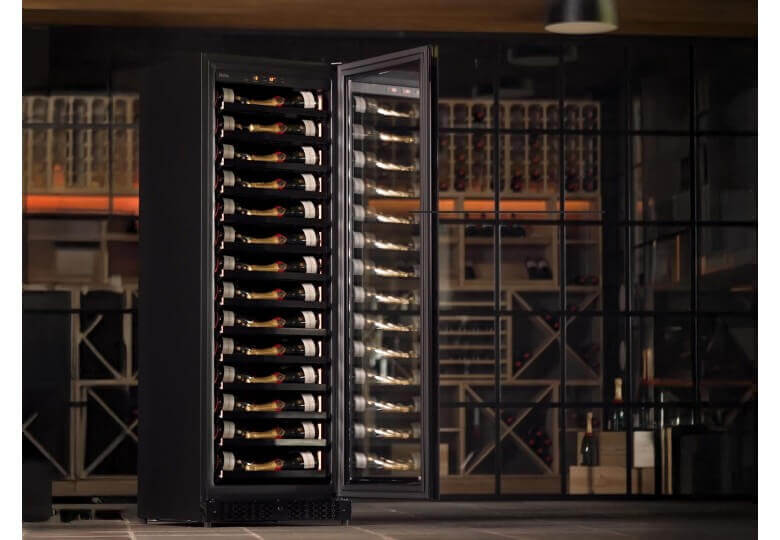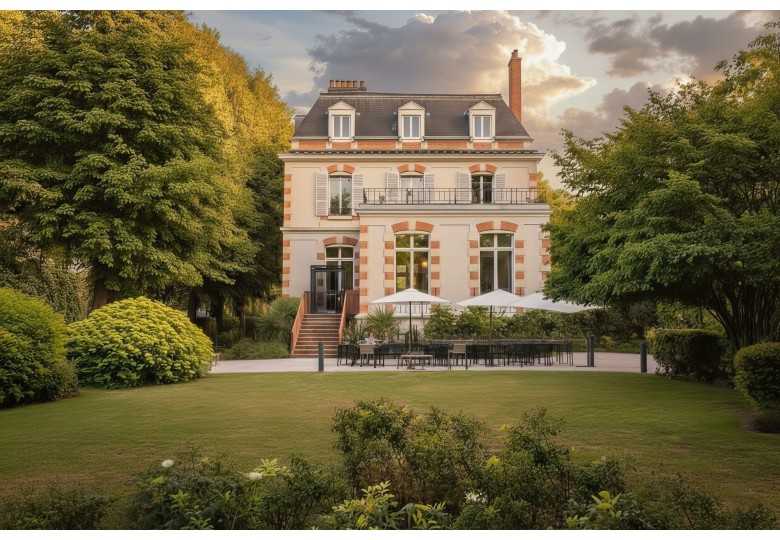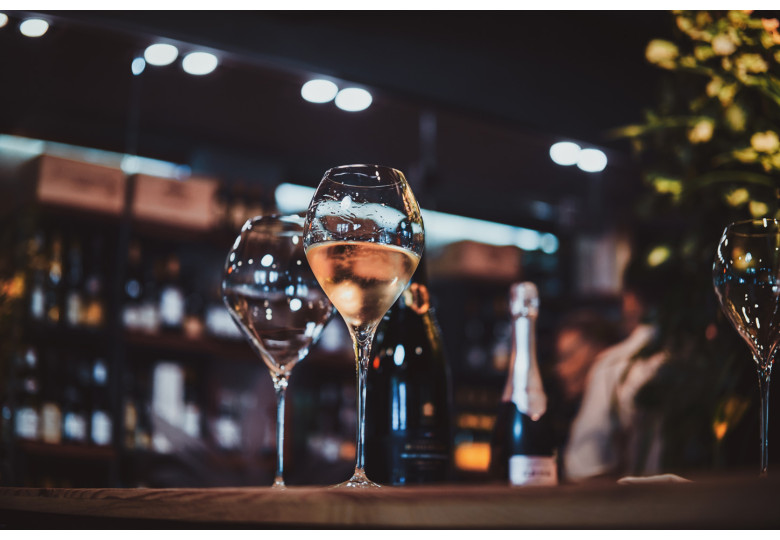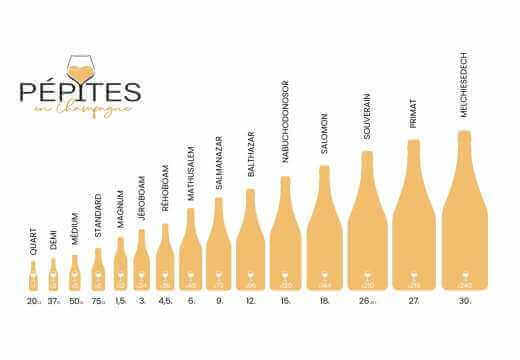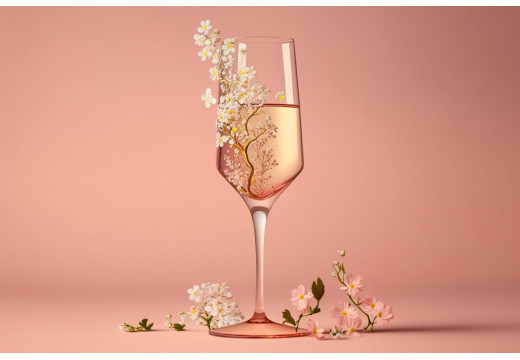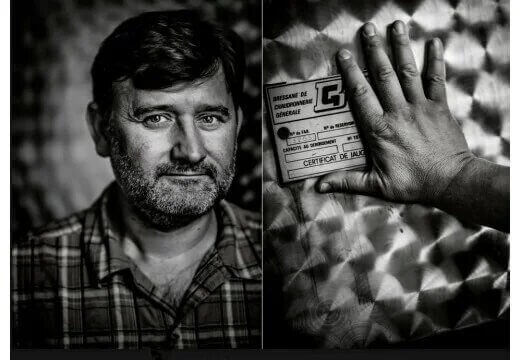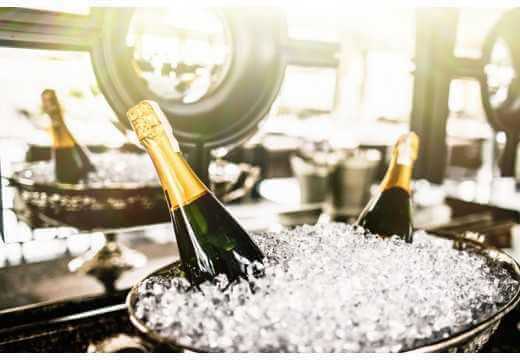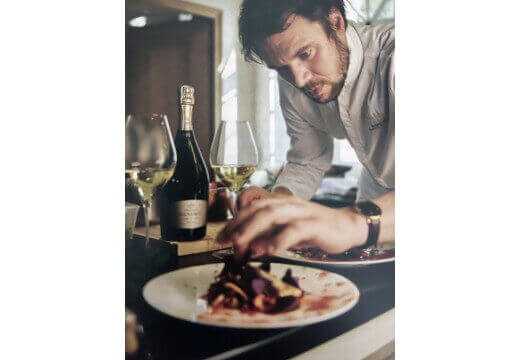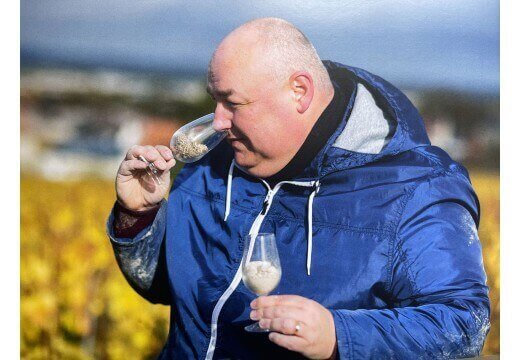During the war of 1870, which brought the reign of Napoleon III to an end, the vineyards were devastated and Paris was besieged. After the Prussians withdrew, Champagne entered a golden age that lasted until 1914. In reaction to the horrors of the First World War, this period of peace, gaiety and prosperity, during which the arts and sciences flourished, came to be known as the Belle Époque.
It was the era of Toulouse-Lautrec, Maxim's and the Folies Bergère. Copying Parisian high society - the Tout-Paris - the bourgeois went to dinners where champagne flowed freely. The image of this wine is omnipresent, from posters in the metro to advertisements in magazines: the aim is to convey the "joie de vivre" that its bubbles convey. Sex was a recurring theme. One House decided to depict a saucy old gentleman kneeling on the ground, wrestling with the garter of a young woman, presumably his mistress: the House offered a pair of garters with every bottle of champagne purchased.
But as Paris prepares for the 1889 Universal Exhibition, whose entrance will be a metal structure destined to be "temporary" - the Eiffel Tower - Eugène Mercier has 24 white oxen and 18 horses pull the world's largest barrel of champagne to the capital. News of this spectacular publicity spread as far as San Francisco, and while the great Champagne houses capitalized on Paris, its fin-de-siècle decadence and glamour, for the sake of their image, their attention was more focused on the emerging foreign markets, such as America.
Charles Heidsieck, the " Charlie of Champagne ", first crossed the Atlantic in 1852 and was captured by Union troops during the American Civil War. In the decade following the end of that war (1865), exports to the United States totaled around 400,000 bottles, with the Maison Piper-Heidsieck leading the way. In 1876, Mumm released Cordon Rouge, which was an instant hit in France. Tourists had no trouble remembering this champagne, precisely because of the red cordon passed around the neck of the bottle. Five years later, it was launched in the United States and quickly spread to nightclubs, restaurants and brothels, as well as the jazz clubs of New Orleans, where Cordon Rouge Galop was even played. In 1903, Moët & Chandon' s White Seal was the best-selling wine in the United States: Moët exported 1,200,000 bottles, a quarter of its entire production.

